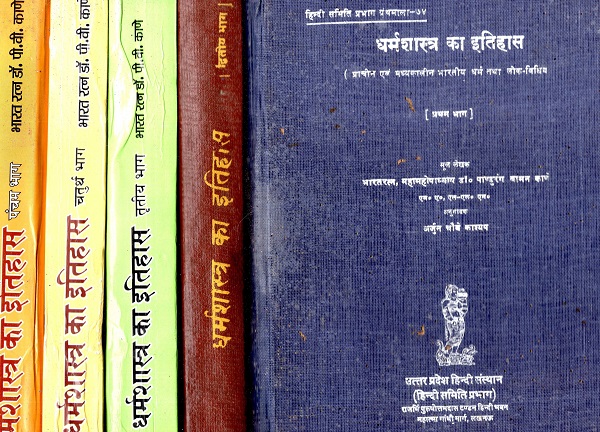Vastu Shastra Dharmashashtra
Bhat (1967) explains that the precise significance of the Sanskrit word Dharma cannot be understood in whatever other dialect, and consequently, is the situation of Dharmashastra. This saying showed up around fifty six times in Rgveda and, absolutely, its etymological advancement must have been begun from the first verb called “dhar” i.e., to hold, help, support, and so on later it must have experienced a methodology of advancement and we discover an arrangement of shades of significance, which are connected to this saying. It may mean:
- Set of standards and trains and set of principles of the religion.
- Set of customs.
- Punya(Good Karma) got from religious deeds.
- Set of obligations with respect to the religion.
- Set of obligations with respect to the ashrams.
Set of rights, obligations and obligations of the individual, in light of his expert character (station) and the lifestyle personality (ashrams).
Dharmashastra is only the aggregation of such sets with logical notes and cases. These accumulations are as sutra and we discover, fundamentally, three sorts of such messages, namely ….
- Dharmasutra
- Grhyansatra
- Srautasutra
One more class of these accumulations is the “Smriti” written works. Bhat remarked that the expression “smriti” is regularly utilized for all religious writing and commonly used to connote Dharmashastra writings. It incorporates Panini’s Grammar, all sutra writing like Manu-Smirit, Yajnyavalkya-Smirit, and so forth.
Here, we will see some immediate references of Vastu Shastra standards; saw in Dharmashastra, when all is said in done, and in Manu-Smirit, specifically.

Asvalayana Grhyasutra notice the idea of Sthandila, a square stage, made up of sand and covered with cow dung, square height is over the area to some foreordained height, arranged at the focal point of the plot. The favored position of yajamana ought to be confronting east and for cleric it ought to be north. The obliged preparatory materials kept at north side.
This format is unquestionably focused around the idea that north and east are the promising bearings, which in later Vastu Shastra settlements turned into the tenet of introduction.
An alternate reference, we get in madhuparka vidhi, where atithi (Guest) need to face the north, while, tolerating the holy nectar, mixture. If there should arise an occurrence of mandapakarana vidhi, which is one of the significant customs in marriage ceremonies.
After marriage, an interim structure is by and large raised for perfomance of marriage rituals. After marriage, it is evacuated and this is called, mandopattra vidhi. The subtle elements of these interim organizing demonstrates the nearby associations with Vastu Shastra standards. We get an alternate reference in Vishnudharma-Sutra, which proposes the favoured bearings for dozing. It says never rest keeping head in the north or west heading, which must have supplied the essential information to the later Vastu Shastra treatises like my, where the same guideline is underscored. As to the customs concerned with of vastupujana, in the same way as bhumipujana, grharambha, santi, and so on we discover their roots in sutra writing like Asvalayana Grhyasutra, Apastambha Grhyadutra, and so on.
We discover gift of an area said as the most elevated degree amongst various sorts of gifts. Consequently, the few guidelines in regards to this gift had been endorsed by Dharma Shastra writings. It coordinates how to set up the legitimate pear of area gifts what tests are to be completed for distinguishing proof of area quality, which kind of structural planning like sanctuaries, homes, arrangements, and so on are suitable and where, and so forth.
We see in Asvalayana Grhyasutra and all Dharma Shastra messages the itemized portrayals of darsapuranamasa custom with its legitimate introductions and execution perspectives. The shape, size and the introduction of vedi needed for this present is described in point of interest. It is called, in a few spots, as agnicayana and looks like bird of prey called seniti; this structure is mind boggling in nature having various layers of block work. The blocks, utilized, were of diverse geometrical shapes like triangular, square, rectangular, parallelograms, and so on. Sataptha Brahmana recommends five layers with 10800 blocks to structure such city. This demonstrates the immediate confirmation of calculated conception of logical Vastu Shastra rehearses.
In Rajadharma Kaustubha, we discover unmistakably the rank savvy suggestions for distributions of the home land. It gives the definite tests for area examination to focus its utility quality, which structures the fundamental system for later Vastu Shastra treatises.
We likewise go over the talks relating to the lawful issues of area, in the same way as, how to purchase land, who is the manager if there should arise an occurrence of question, and so forth.
DharmaShatra sets the accompanying general rules for the development of a house.
